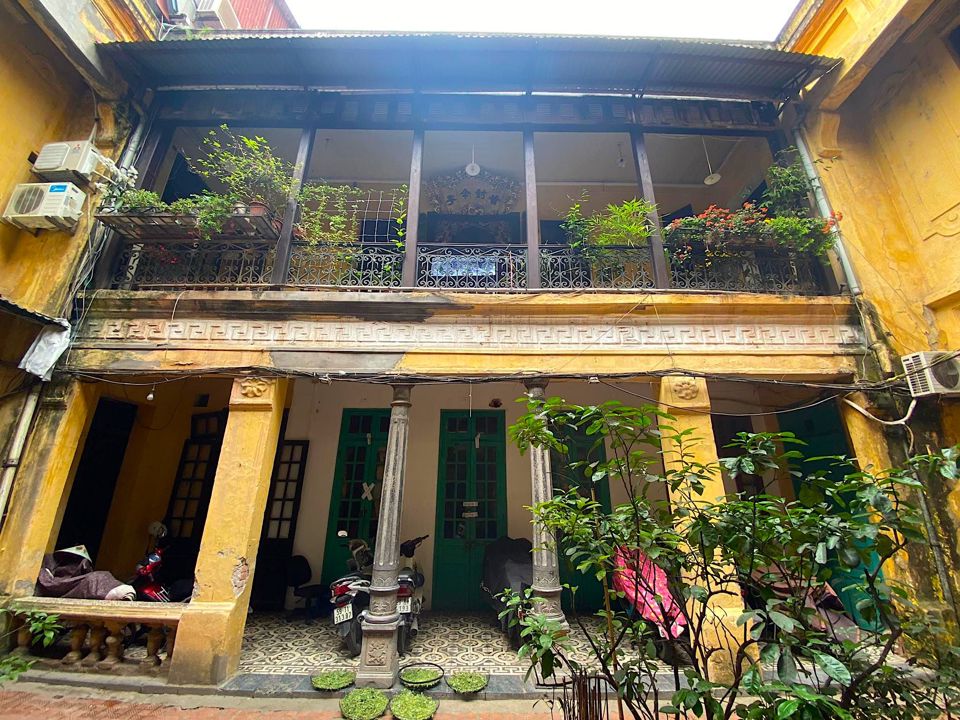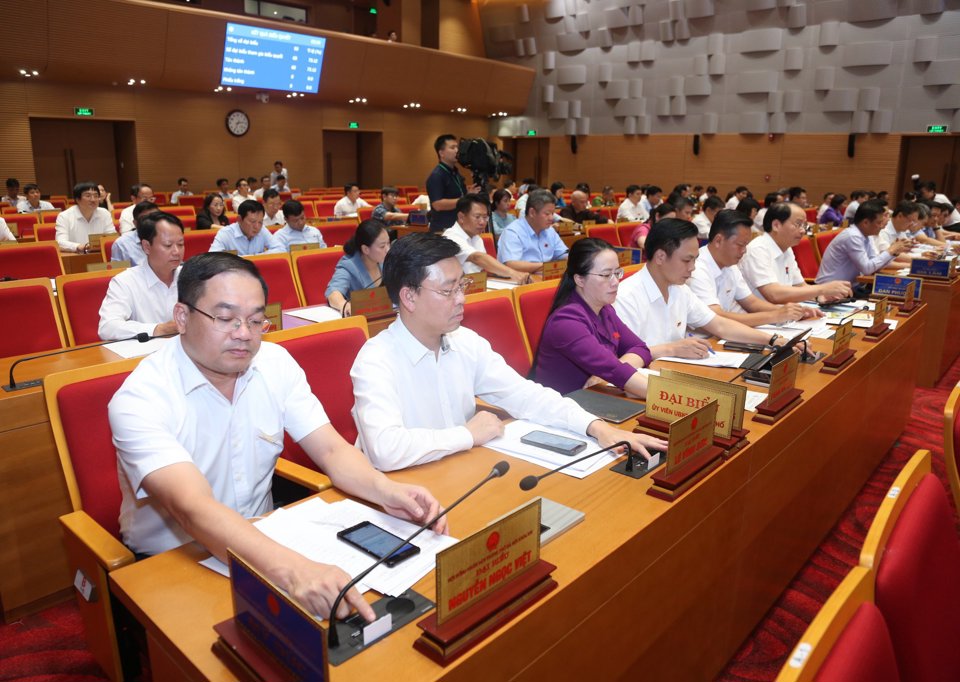The approval by Ha Noi's 17th People's Council of the policy on the Regulation of architectural management in early July is expected to enhance the management of new construction, renovation, and urban beautification, thereby safeguarding the city's landscape, cultural identity, and distinctive architectural features.

An old villa in 44 Hang Be, Ha Noi. Photo: Lai Tan/The Hanoi Times
Addressing current needs
After the Prime Minister approved the master plan (in 2011) for Ha Noi’s development until 2030 with a vision to 2050, the Ha Noi People's Committee implemented and issued the General Planning and Architectural Management Regulations of Ha Noi under Decision No.70/2014/QD-UBND on September 12, 2014.
Now, after over nine years of implementing the general planning and architectural management regulations according to the approved master plan, there are still some shortcomings that do not correspond to the current development reality of the city.
Architect Pham Hoang Phuong from the National Institute of Architecture emphasized that establishing architectural management regulations for the city is a vital and decisive factor in managing, preserving, and promoting the unique architectural and landscape values of the urban area.
"The approval of the Ha Noi Architectural Management Regulations by the Ha Noi People's Council during its 17th session signifies a critical advance towards realizing the city's vision in its new development phase," stated Phuong.
Nguyen Trong Ky Anh, Director of the Ha Noi Department of Planning and Architecture, asserted that the regulations will address the shortcomings identified over the nine years of implementing the general planning and architectural management regulations.
He noted that these new regulations will meet state management requirements regarding construction, technical infrastructure, and social infrastructure and align with modern urban development trends.
Charged by the Ha Noi People's Committee to develop the Ha Noi Architectural Management Regulations, the Department of Planning and Architecture has basically completed the explanatory report and draft regulations and is currently seeking feedback from various agencies, organizations, individuals, and the community.
According to the draft, the regulations consist of 4 chapters, 17 articles, and 9 appendices. They include provisions for managing architecture in specific areas and streets; defining requirements for cultural identity in architecture; identifying areas needing separate urban designs, streets and areas prioritized for renovation, and areas with special management requirements.

Deputies of the Ha Noi People's Council approve the Regulation of architectural management of Ha Noi. Photo: Pham Hung/The Hanoi Times
Green space expansion
According to architect Pham Hoang Phuong, one of the crucial aspects to be emphasized is the recognition of the inherent architectural and cultural-historical values that characterize Hanoi, especially the system of architectural structures with urban identity that have not yet been classified and are showing signs of deterioration and neglect.
"This task requires meticulous and systematic implementation, involving both experts and the community," emphasized Phuong.
In the assessment report on the regulations, the head of the Urban Committee of the Ha Noi People's Council Dam Van Huan pointed out that the Hanoi Architectural Management Regulations need to make a clear distinction between architectural management and landscape architectural management. Another important task is to emphasize the preservation of land reserves for developing parks, green corridors, and urban green spaces.
In the resolution approving the Architectural Management Regulations, the Ha Noi People's Council also emphasized the principle of architectural management in keeping with the Architecture Law and other relevant legal regulations, tailored to Vietnam's architectural development direction and the practical conditions in the capital city. It is also consistent with the general planning orientations and zoning plans authorized, as well as current standards and criteria.
Through these measures, it aims to promote socio-economic development, economic restructuring, labor improvement, income enhancement, and the material and spiritual life of the people. It aims to build developed and civilized areas, preserve cultural identities, and narrow the gap between urban and rural areas. This contributes to the construction of an advanced, modern architectural landscape deeply rooted in the national cultural heritage.
"Architectural management needs to consider the characteristics and peculiarities of each area, customs, traditions, and cultural heritage. Construction projects must be tightly managed and coherent in terms of architecture and landscape, ensuring efficient functionality, aesthetics, safety, and harmony with the surrounding context. For areas suitable for high-rise construction, specific regulations should be formulated with special management requirements or urban design approved by competent authorities," emphasized the resolution of the Ha Noi People's Council.
Ngoc Mai